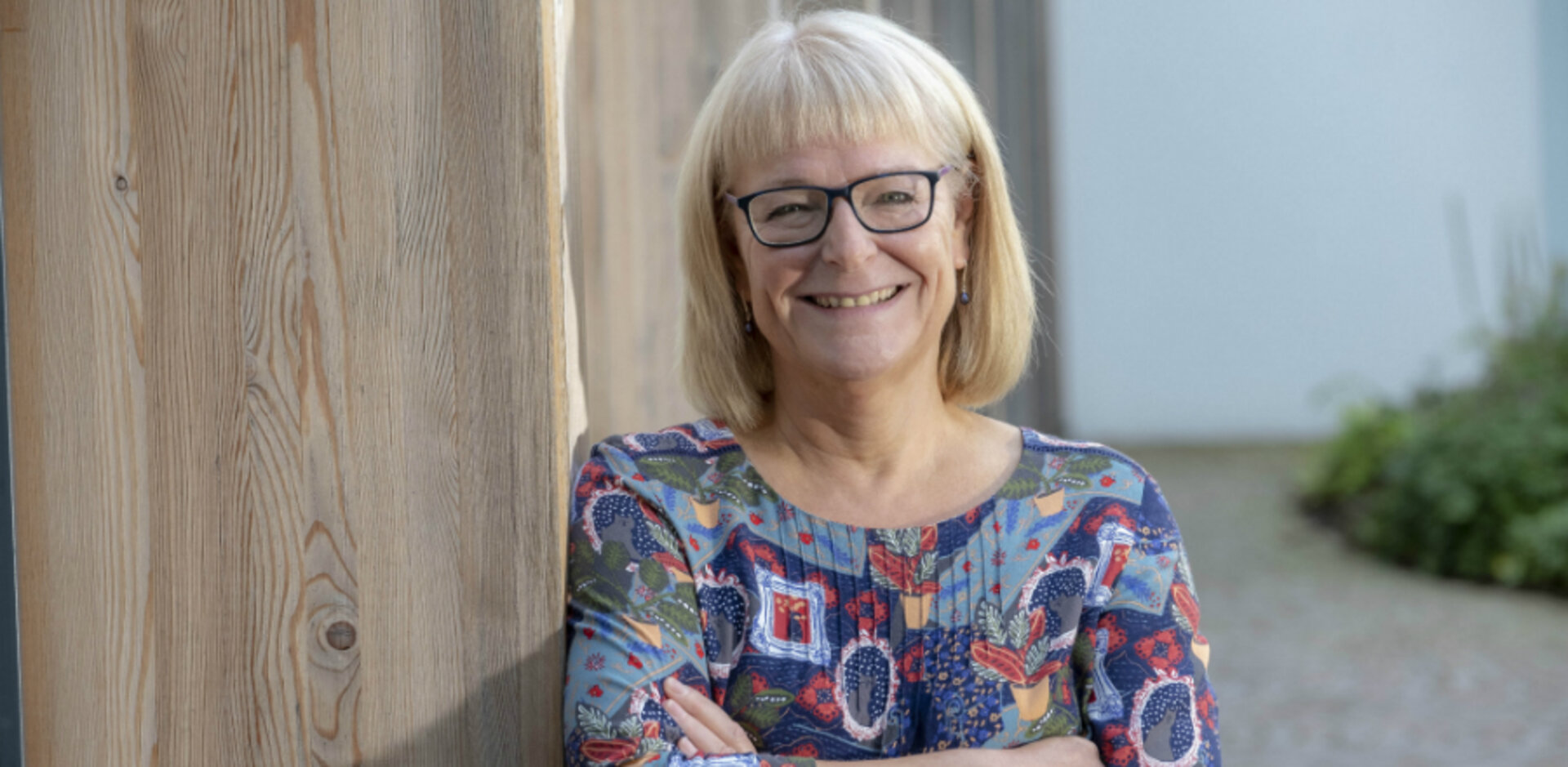Research shows incontinence linked to sitting too long

Researchers at Glasgow Caledonian University (GCU) have found the first direct link between sitting too long and urinary incontinence in older women.
They are now urging women to sit less and follow simple techniques to fix bladder problems rather than reaching for incontinence pads first – these should only be used when treatment has failed and as a last resort.
Health experts from the University’s Ageing Well Research Group, working in partnership with Professor Javier Jerez-Roig at the University of Vic – Central University of Catalonia, analysed data from 459 women over 60 years and with varying types of incontinence from an American healthcare database.
The women were part of a randomly selected cohort of 5,500 people chosen by the US National Health and Nutrition Examination Survey (NHANES) to wear a professional physical activity monitor 24-hours-a-day for five days.
Researchers used the US system to find out if urinary incontinence was linked to sedentary behaviour in older women because it accurately measures time sitting. Previously people self-reported their sitting time, relying only on memory, which is often incorrect.
Most people are unaware that there are three main bladder control disorders in women. One is urinary stress incontinence, often linked to child birth or obesity and is a problem with muscle weakness causing leakage, the second is urgency incontinence where people don't reach the toilet on time because of a problem with the system controlling the bladder, and the third is a mixture of both which is most common in older women.
Lead author of the research paper, published in the journal PLOS ONE (The Public Library of Science ONE), Professor Joanne Booth said: “We know that physical activity can help bladder problems but this is the first time we have looked at the link between sedentary behaviour and incontinence in a big cohort.
“The US database randomly sampled over 5,500 but we only had accurate sedentary behaviour information on 459 women who were aged 60 and over”.
“We found that women who had urgency incontinence sat for significantly longer periods than the women with no incontinence – about 19 per cent longer than the rest – so there is a clear link to sitting and having urgency urinary incontinence.
“Irrespective of how old you are or how heavy you are – if you sit for about a fifth longer than an average of 18 minutes you are more likely to have an overactive bladder.”
“Now that we know there is a direct link with urgency incontinence and sitting too long, we need to look for additional mechanisms for dealing with it. The solution is not going to be simply telling women to do pelvic floor muscle exercises but also that moving more and reducing time spent sitting may help them, particularly with urgency incontinence.
“We know you get more urgency as you get older and it may be that if you are not as sedentary that might improve. Certainly we know that sitting for a long time isn’t going to help the situation.”
Health Sciences Professor Jerez-Roig spent six months at GCU working with the Ageing Well researchers after being awarded the José Castillejo Mobility Grant for young doctors, funded by the Spanish Ministry of Education, Culture and Sports.
His clear advice to women is to “sit less - move more” and to break up the periods of sitting into shorter bouts of less than 18 minutes.
Professor Jerez-Roig added: “We know that sitting is bad for you but until now no-one had ever thought that you are more likely to leak if you sit for a long time. This is the first time we’ve got some real evidence that urgency incontinence is associated with sitting so I would advise women to sit less and move more.”
Professor Booth added that “women who sit for longer periods are more likely to suffer from urgency incontinence and wear incontinence pads”.
She warned that pads should only be used as a last resort once all other avenues have been explored.
